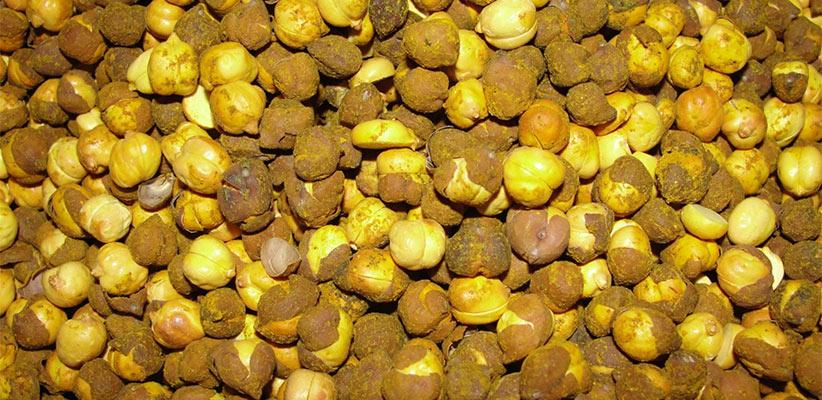
Pulses are universal, there are meals various cultures and people resort to for their assured and nutritious satisfaction. There are equally different perspectives on pulses across the world. While a Canadian would see pulses one way, the basic Indian would see pulses from another perspective. Well, talking about the Indian perspective of pulses, how about we take some time out to see pulses from their way?
Moving over to the gigantic Asian nation, there are several types of pulses. We would be looking at the most popular ones that are household names in Indian diets.
How about we start with the Bengal Gram?
The Indian would also refer to Bengal gram as lal chana’. Most commonly this type of pulses is roasted into floor popularly known as besan. When it comes to ranking meals in India with the heftiest protein composition, besan can rightly come on top of the list.
Most times, this processed pulse form would be used as a thickener in Indian meals coming along deliciously with vegetable stew. Bengal gram also finds inevitable use in making curries and salad snacks. Chanal dal made from Bengal gram when accompanied with louki or spinach is a meal the basic Indian would go the length to have regularly on his table.
Aside from the delicacy, Bengal gram has immense health benefits to the human body. Indians readily take to a planned intake of Bengal gram to combat diabetes. Bengal gram improves the way your body manages its glucose ensuring for steadier blood sugar levels. For those who have problems like indigestion, or even vomiting, they have ready solutions in this meal.
As said, bengal gram is very useful to treat diabetes. Experiments have shown that the intake of this pulse enhances your body utilization of glucose. The usefulness of Bengal gram even extends as far as treating dyspepsia.
Next, we would be looking at Pigeon pea
The leaves of pigeon pea are an excellent remedy for Jaundice. Pigeon pea which is also called ‘masoor dal’ is rich in Vitamin a, thus a very good thing for health purposes.
Rightly said, you can’t be mentioning about pulses in India without talking about pigeon peas. Basically, this perennial pulse is a shrub plant. In India, it is cultivated as a yearly herb and it doesn’t grow above say 4 meters, most times a little above 2 meters.
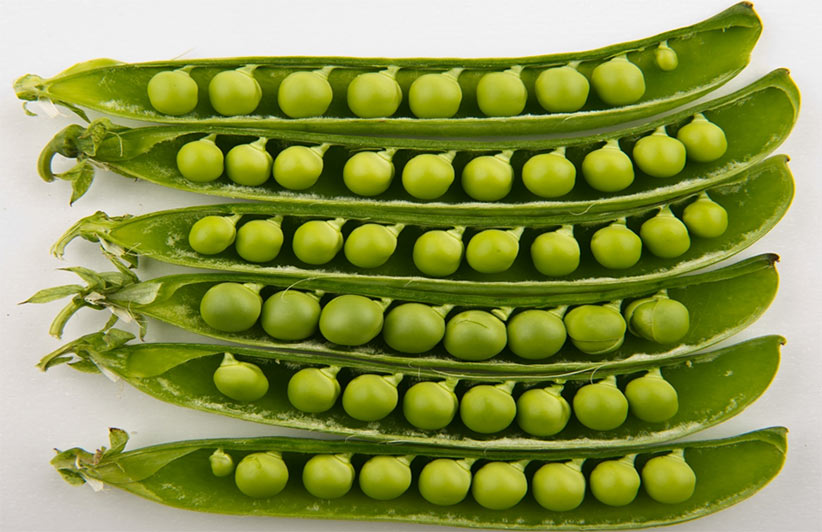
Seeds of pigeon pea are usually pink in color as the Hindi term it masoor. All over Asia, pigeon peas make a common sight as this type of pulse is well grown in India, Philippines, Malaysia even as far as down to the tropical regions of Africa. From being popularly eaten, pigeon pea is also very healthy too for consumption. In India, pigeon peas are a steady medication for jaundice being a very rich source of Vitamin A.
Pigeon peas mix well into a variety of dishes in India. Talking about delicacies of the likes of papad, vada, and others. Pigeon peas when in form of sprouts can be great in making sumptuous salad. And it is so easy planting these pigeon pea. Moving over to the health functions, pigeon peas are very helpful in correcting digestive disorders in the body.
Pigeon pea in India even goes as far more than just helping your body metabolism. This type of pulse also helps your looks having been extensively deployed in beauty formulations that are used in curing baldness.
We definitely can’t forget about Black gram
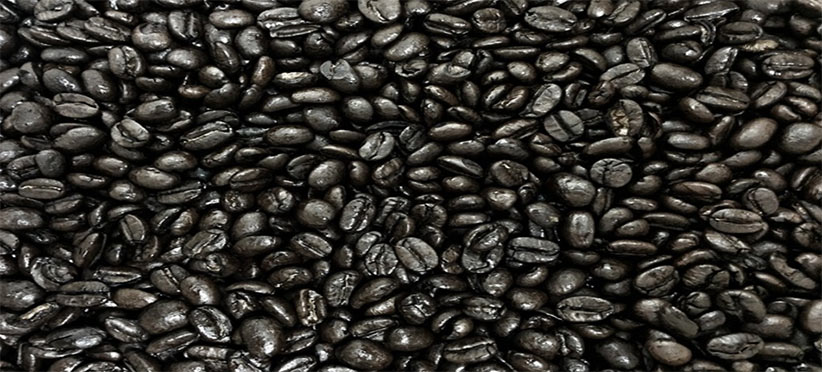
It would be an outrageous abomination to talk about pulses in India without mentioning black gram. Without arguments, black gram happens to be one of the priciest pulses in India. It is called Urad in the native Indian language famous for its grayish color coupled with its cylindrical pods, all creamy on the inside.
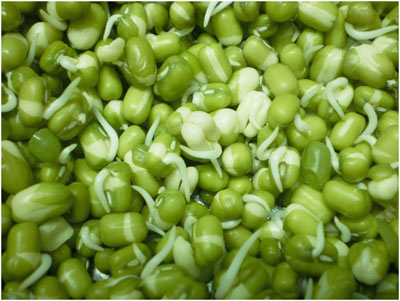 We will be wrapping it up with the green gram
We will be wrapping it up with the green gram
In Hindi, the green gram is more informally referred to as the green mong. The health benefit of this variety of Indian pulse can’t be overtly exaggerated. Its high composition of fiber amidst a wealth of other nutrients makes it a steady Hindi diet. The chlorophyll as contained in this type of pulse would greatly benefit your immune system. Moreover green gram has such a mesmerizing flavor that makes you so vulnerable to salivate for it.

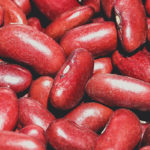
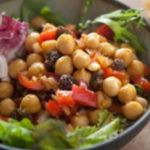
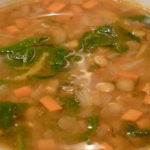
Comments are closed.